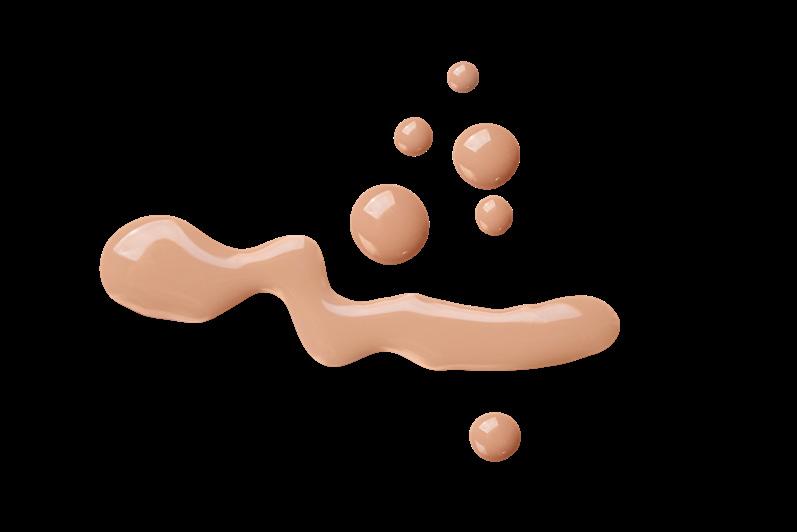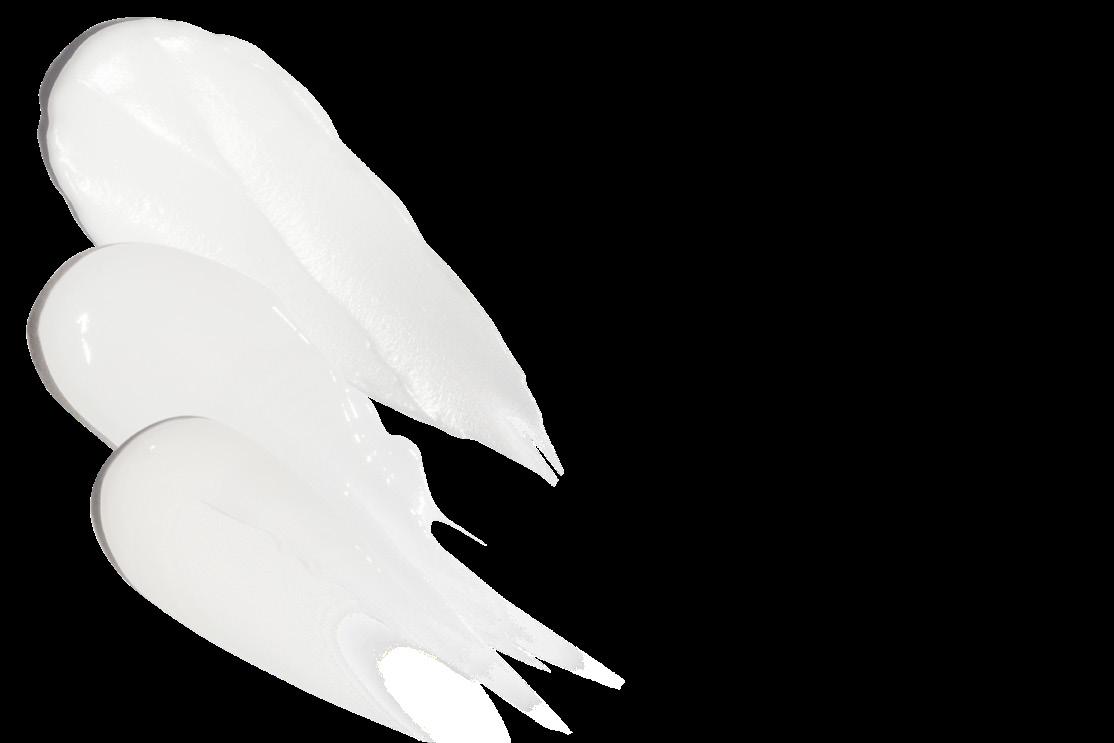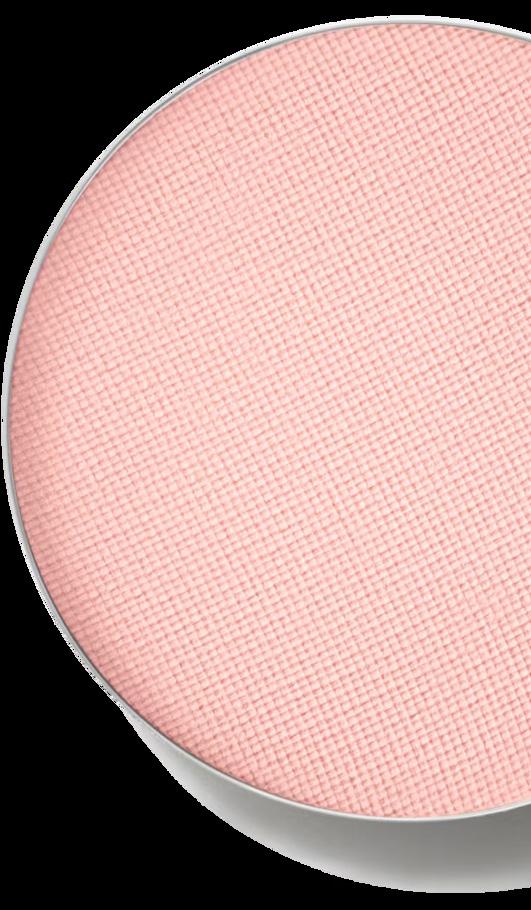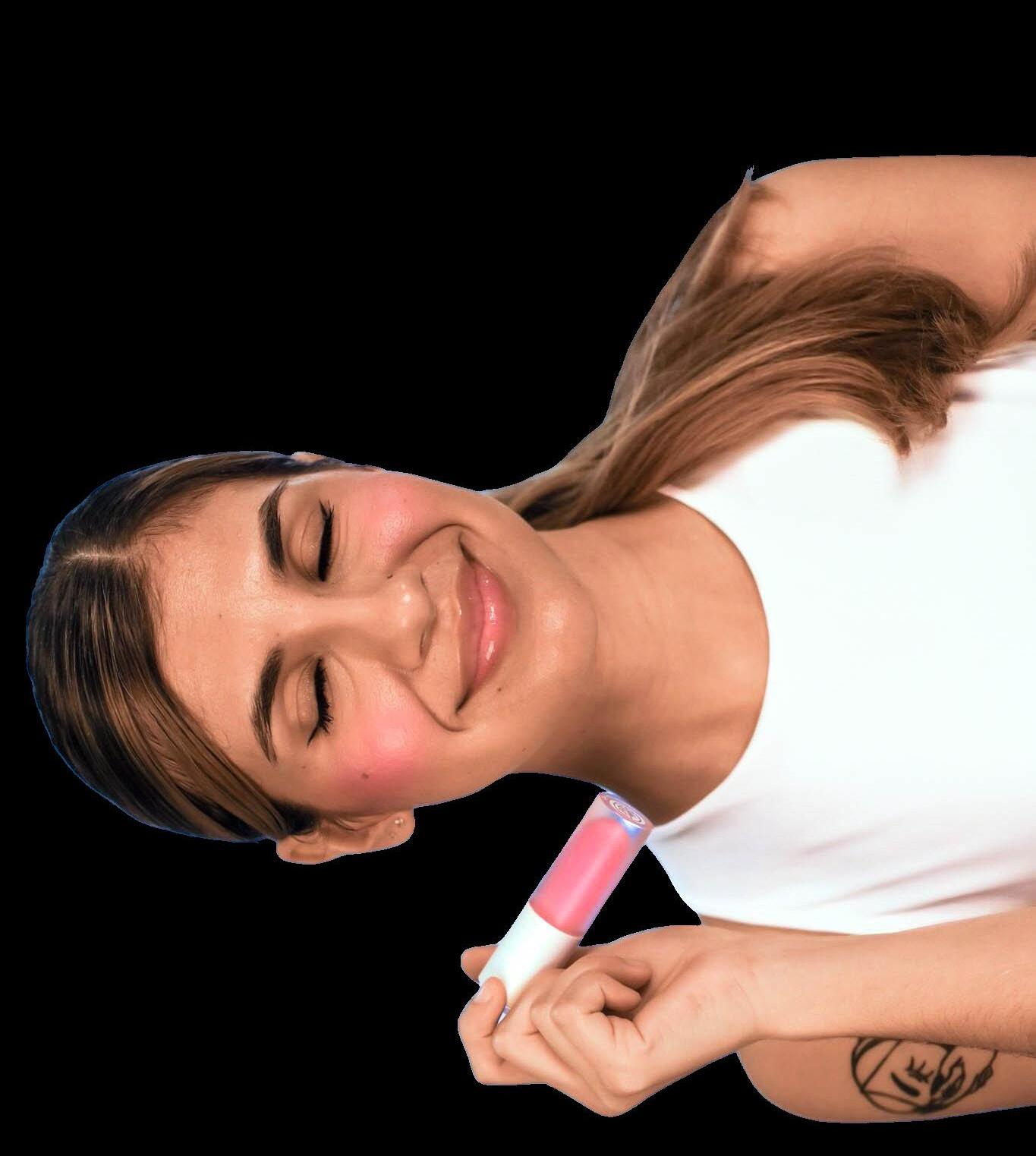
3 minute read
BE BE CLEAN.
have persuaded them to commit to cleaner and sustainable ingredients.
The Environmental Working Group (EWG), a research company that promotes healthy living and healthy choices, said that toxic ingredients used in cosmetic and personal care products can be linked to serious health problems such as cancer, birth defects or reproductive harm. Both sustainability and toxic ingredients play a big role in consumption of these products.
the hydration of the skin, but it acts as an anti inflammatory to help with acne and eczema.
“It’s [squalene] supposed to be a little bit easier on the skin,” Petersen said. “So it’s definitely possible for some of these products to cause breakouts for sure.” ccc
Environmental studies junior Christy Velazque, changed her skincare routine to “cleaner” ingredients after breaking out because of college stress and toxic ingredients in her skincare products.
“I had so much bad acne, so when I kept seeing social media saying ‘how to get glass skin’, ‘how to make sure these ingredients are so good’ and ‘how these will clear your skin with no acne scars and no blemishes they will be gone in two months,’ I saw a lot of that and I couldn’t believe it,” Velazque said.
Velazque said that it was challenging for her to form trust with influencers selling products to people who had a different skin type than her.
“When I tried out different skincare, I noticed a lot of vegan options were the ones that did not mess up my skin or have my skin get super dry or have a lot of breakouts,” Velazque said. “They were actually nicer on my face versus the ones where I am like ‘okay let me try this one’ and my skin had a totally bad reaction which is different for people’s skin types.”
According to Earth.org, an environmental news source covering critical issues affecting the planet, the reason behind “coral degradation” in Hawaii is “overtoursim.” The Economic Research Organization at the University of Hawaii said that Hawaii had about 300,000 tourists and by 1980, the number rose to approximately 3.9 billion. By the year 2000, this number reached about seven million.
Velazque said that it can get tricky when it comes to labels on packaging because even though it states they are “clean” or “recyclable,” it may still be unrecyclable because of restrictions within the city or county one resides in.
“The wastefulness is definitely concerning because I noticed that even though a lot of packaging says it’s sustainable or it’s cruelty free, I noticed that it comes in a glass container or plastic,” Velazque said. “There’s a lot of different plastics that actually aren’t recyclable. You either have to separate it or take it apart.”
Most packaging on brands are made to draw attention to the consumers. EDL, a Massman packaging company, said that product design can convey emotion, leading the consumer to believe the product is trustworthy and will more than likely make a purchase.

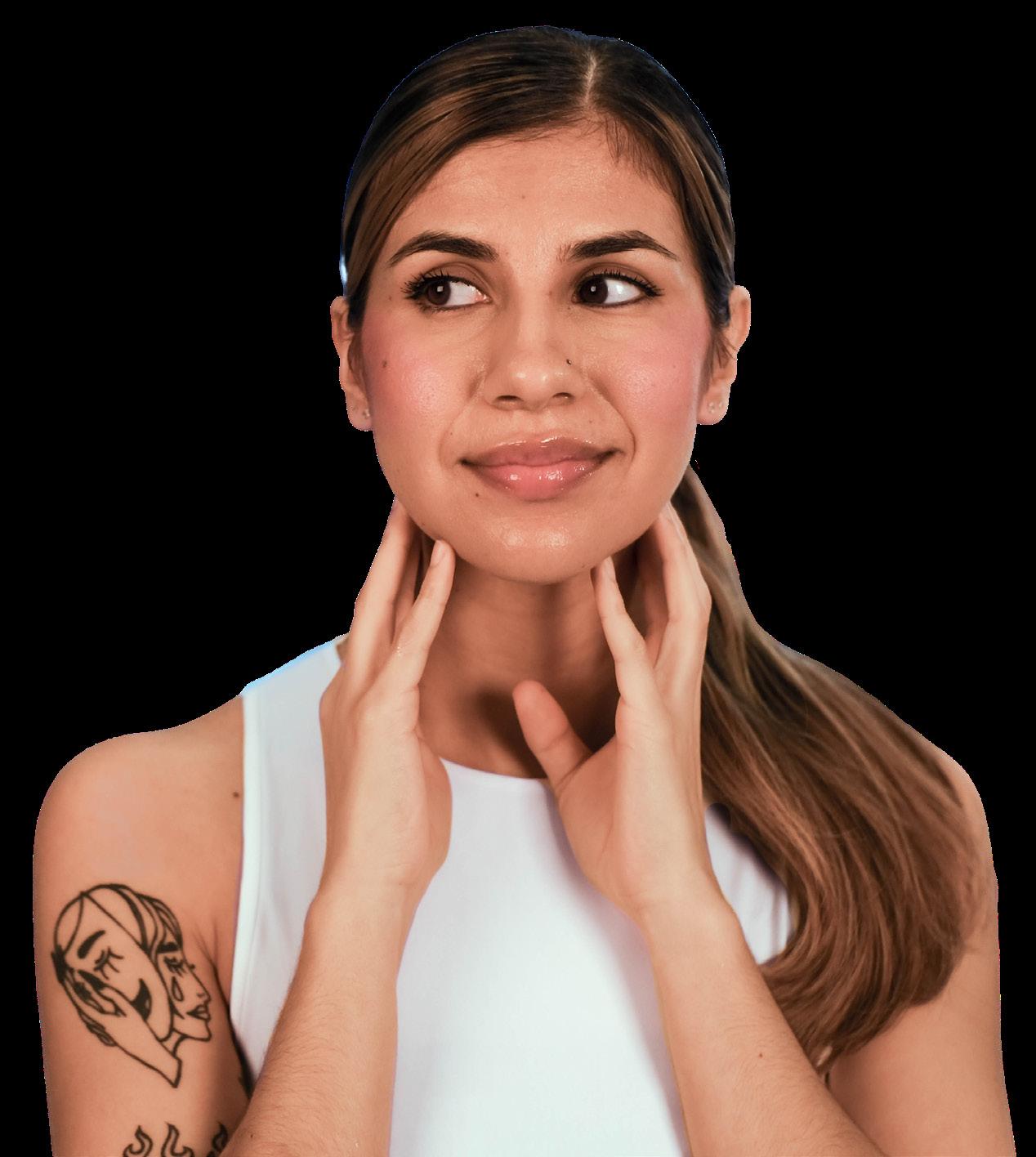
“Some of the more common ones like parabens, fragrance and phthalates, they’re known endocrine disruptors,” environmental studies professor Amy Petersen said. “And so that means that they can have adverse effects on our hormones and so they can mimic hormones they can cause issues with our hormones and that can in turn affect fertility can cause earlier puberty and a number of other issues.” Healthline, a health information and lifestyle site, said that non-comedogenic refers to products designed not to block pores.
“Talc, for example, is definitely something that is comedogenic,” Petersen said. “I know that some people don’t do well with silicone and there’s a natural alternative known as squalene.”
Talc is a natural mineral from earth that is composed of magnesium, silicon, oxygen and hydrogen as explained for the U.S Food and Drug Administration (FDA). It can be used to absorb moisture in the skin, or improve the overall texture of a product. Cleveland Clinic describes squalene as a saturated oil to not only help increase

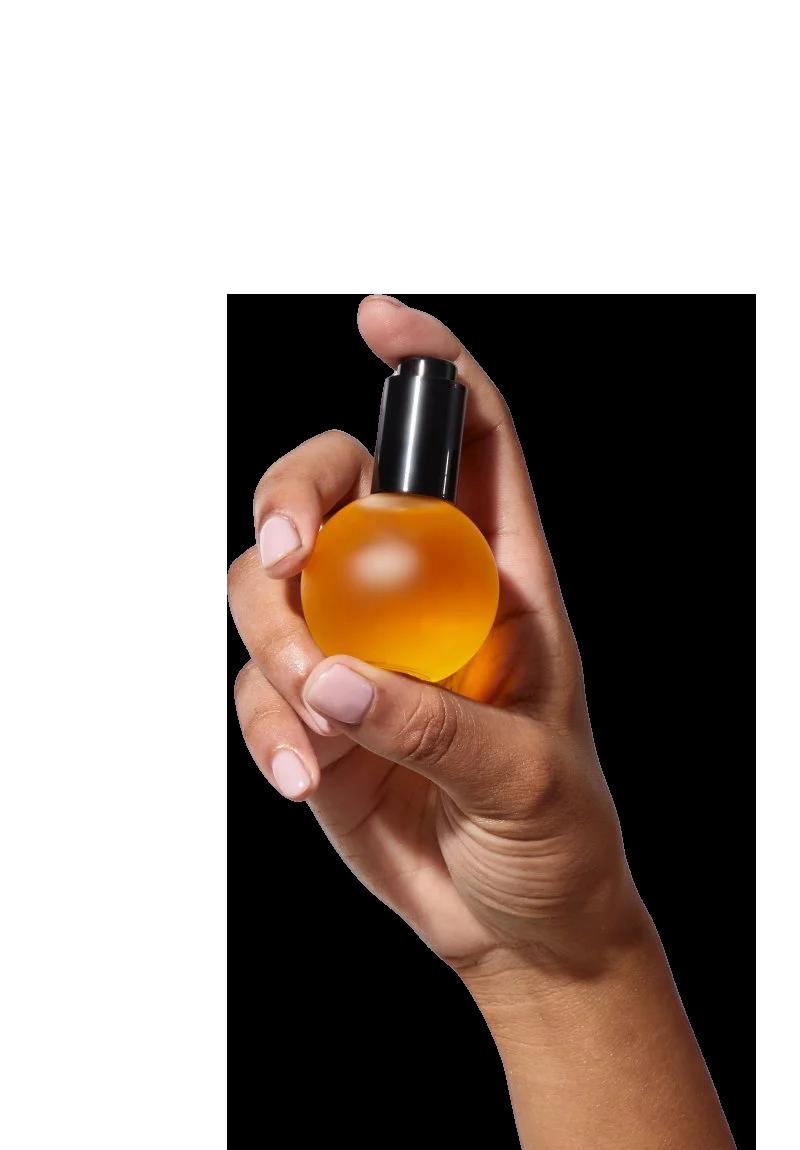
Skin is not the only target that these ingredients have. These products also have a harsh effect on the environment and ecosystems, such as the ocean. Petersen added that another harsh ingredient that has this effect are UV filters. “There are a lot of sunscreens out there that are not good for not only your skin, but for marine life,” Petersen said. “Things like homosalate, have been linked to coral bleaching and can cause the symbiotic algae within the coral to get a virus or get sick and be expelled. It’s a suspected endocrine disruptor so again, it can mess with your hormones, it doesn’t degrade and there’s a lot of concern
Environmental studies senior Nina Ghadiri said she was warned to not wear sunscreen her whole childhood because it was not safe for the ocean.
“Using sunscreens that are ‘reef safe’ are so important,” Ghadiri said. “For places like Hawaii, there is an influx of tourism. They feel the most harm and like it is noticeable within their coral
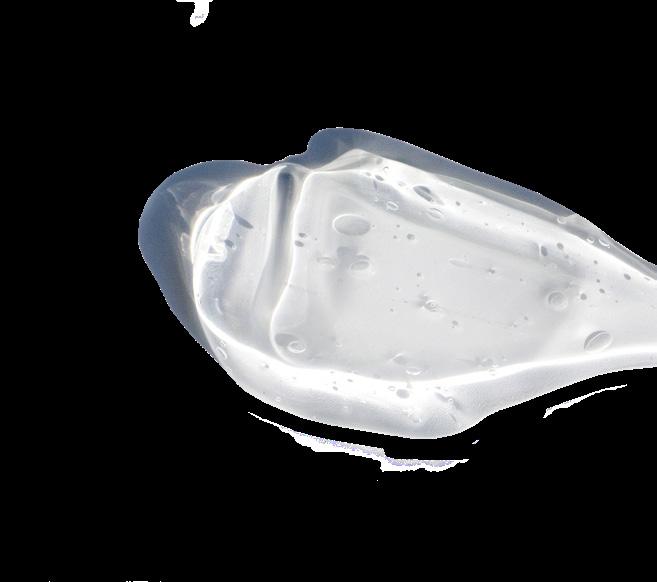
“For me, a lot of stuff is so expensive now,” Velazque said. “The best thing that I try to do when practicing is to avoid over-spending on products and thinking ‘Oh do I really want this because I need it?’ or ‘do I want it because I saw it on the internet so many times?’”
